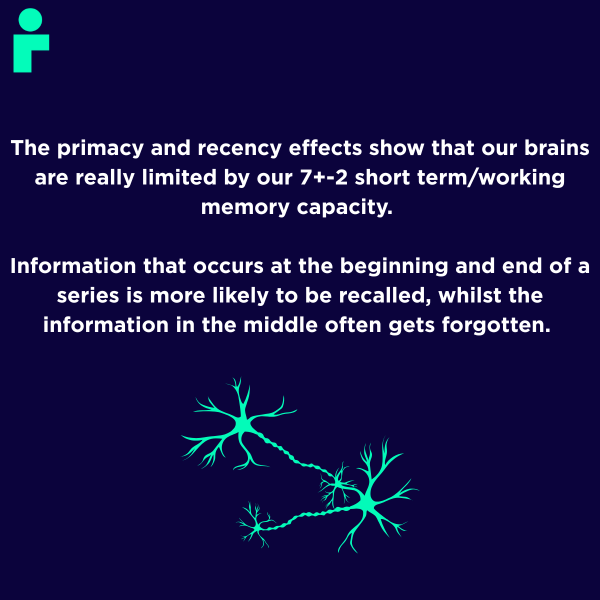Making Work Inductions More Brain Friendly
19 March 2025

Kia ora e te whānau! Kei te pēhea koutou (how are you all)?
This one is for my people who are responsible for creating or delivering employee inductions. A gold nugget you can take away and put to good use.
It's really tempting when we induct people to tell them everything all at once. We give them the keys to the kingdom that is our organisation, with the best of intentions, wanting them to have everything they will need right from the get-go.
When I started out, I worked at NZAS, and they had a 10-minute H&S induction video - incredibly well made and informative. But all I remembered from that video was stay out of the way of hot metal carriers and never ever mix water with molten aluminium (unless you want the infamy of blowing up half a work site).
When we induct people this way, we aren't being very brain friendly - this is because our short term/working memory (STM) is limited to 7+-2 units. Anything in excess of that will be forgotten almost immediately. But there's a catch!
The order of the information influences what pieces get forgotten. The primacy and recency effects mean that information that appears at the beginning and the end of the induction will more likely be remembered and the information in the middle will be forgotten.
Take a minute and consider:
1. How many pieces of information do you have in your induction?
2. What order is it in - are your most important bits at the start and end or somewhere in the middle?
3. Have you mapped out what people absolutely need to know to safely carry out their work on the first day/week/month and how you might give that information to them at the time so its relevant and contextual?
Ideally, we want safety information to be committed to long term memory - that comes from practice and repetition - how have you factored that into your new starter's first few months?
Asch (1946)
Murdoch (1962)
Glanzer and Cunitz (1966)
